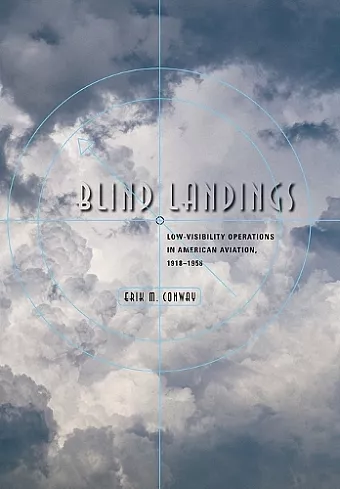Blind Landings
Low-Visibility Operations in American Aviation, 1918–1958
Format:Hardback
Publisher:Johns Hopkins University Press
Published:21st Nov '06
Currently unavailable, and unfortunately no date known when it will be back

When darkness falls, storms rage, fog settles, or lights fail, pilots are forced to make "instrument landings," relying on technology and training to guide them through typically the most dangerous part of any flight. In this original study, Erik M. Conway recounts one of the most important stories in aviation history: the evolution of aircraft landing aids that make landing safe and routine in almost all weather conditions. Discussing technologies such as the Loth leader-cable system, the American National Bureau of Standards system, and, its descendants, the Instrument Landing System, the MIT-Army-Sperry Gyroscope microwave blind landing system, and the MIT Radiation Lab's radar-based Ground Controlled Approach system, Conway interweaves technological change, training innovation, and pilots' experiences to examine the evolution of blind landing technologies. He shows how systems originally intended to produce routine, all-weather blind landings gradually developed into routine instrument-guided approaches. Even so, after two decades of development and experience, pilots still did not want to place the most critical phase of flight, the landing, entirely in technology's invisible hand. By the end of World War II, the very concept of landing blind therefore had disappeared from the trade literature, a victim of human limitations.
Compact but quite readable book; it should interest all airline passengers who wonder how pilots land safely in an environment where they can barely see their hands before their faces. Choice 2007 A key piece in the patchwork of the history of aviation. -- Christian Gelzer Journal of Transport History 2007 Conway's intelligent analysis differentiates this volume from many books on the history of aviation... Blind Landings sheds badly needed light. -- Dominick A. Pisano Isis 2008 Another good illustration from aviation history... of the ways in which politics, ideology, culture, and even nature play constitutive roles in the development and use of technologies. -- Chihyung Jeon Technology and Culture 2008
ISBN: 9780801884498
Dimensions: 229mm x 152mm x 23mm
Weight: 454g
256 pages